Sailing from Hawaii to New Zealand (route, tips, prep)
Sailing from Hawaii to New Zealand takes you through some of the most stunning cruising grounds in the world. Because of this - so many beautiful and interesting places to stop along the way - very few people make the trip directly between Hawaii and New Zealand without stopping.
But how long will it take to make the sail? There are two answers to this: how long it could take you, and how long it should take you.
The distance from Hawaii (the "Big Island") to Opua, New Zealand is about 3,700 nautical miles (nm) on a great circle route. Most will not sail this route directly, but if you tried it, based on an average speed of six knots, it would take you about 26 days.
| Average Boat Speed | Approximate Days to Sail |
|---|---|
| 4 Knots | 38 Days |
| 5 Knots | 31 Days |
| 6 Knots | 26 Days |
| 7 Knots | 22 Days |
| 8 Knots | 19 Days |
| 10 Knots | 15 ½ Days |
| 15 Knots | 10 ½ Days |
That's for an idealized, somewhat impractical straight line route without regards to wind patterns, currents or geography. But if you stop and see things along the way, it can take you an entire “season” which would be from April until November, or six to seven months.
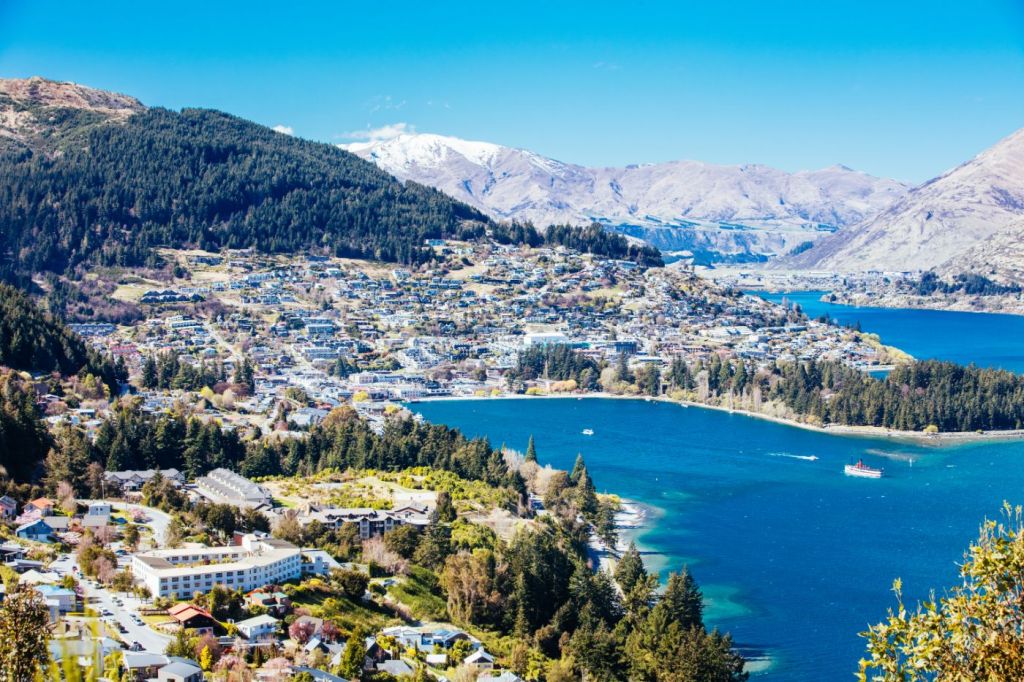
How Should You Sail from Hawaii to New Zealand?
A course plotted directly from Hawaii to New Zealand takes you through or near the Line Islands and Kiribati, Samoa, Niue, Fiji, Tonga, and several other nice stopping places. A less direct but more pleasant route through French Polynesia involves more sailing because you have to head east from Hawaii, but it's not an uncommon choice since French Polynesia is such an incredible place to sail through.
Your eventual choice of route is up to your preferences and needs. Consideration of the South Pacific cyclone season is critical, as well as timing of visas and permitted stays. Because the trade winds blow westerly in both hemispheres, at least you won't have to worry about fighting them when sailing the wrong way.
PANDEMIC NOTE: Any voyage planning in 2021 and beyond needs to consider special guidelines in place for entering almost all countries in the South Pacific, including New Zealand. At of this writing, the borders of New Zealand and almost every country between New Zealand and Hawaii are closed to visiting yachts. You can apply for special case visas and may get them, but any plans made in the next year need consider the changing border openings and closures in the region, and transiting the region will be very tricky.
By Fiji and/or Samoa
Hawaii to American Samoa is about 2,250 nm, and to Fiji is about 2,600 nm. This makes for a more manageable approach, with smaller passages broken up by visiting some dream Pacific destinations. If the first leg is too long, that can be broken up with special permission to stop at Palmyra Atoll or a visit in Kiribati. Neither of these stops is great for provisions, parts or repairs though, and should viewed as rest and safety stops.
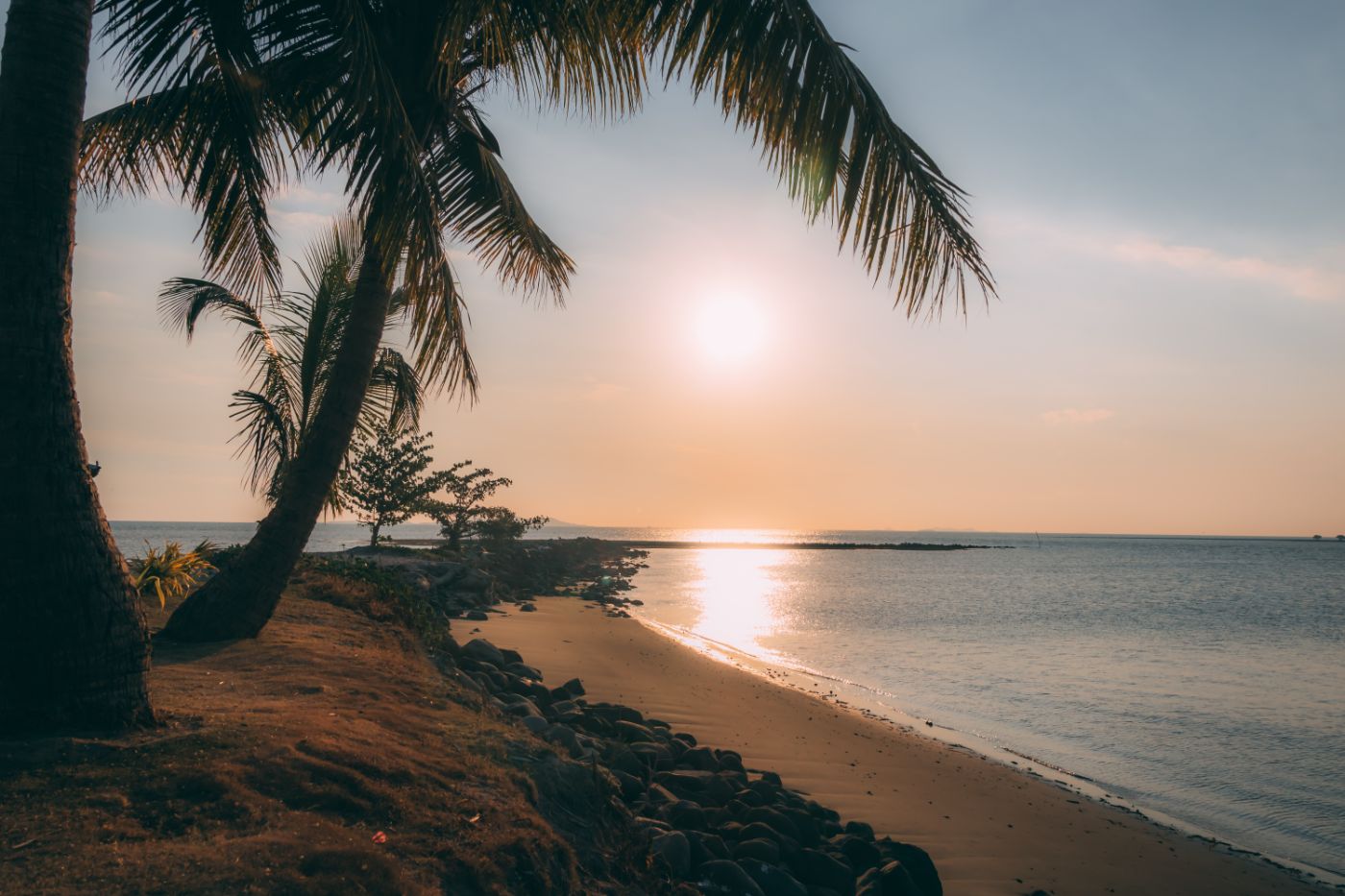
By Tahiti and French Polynesia
Oahu to Tahiti is also about 2,600 nm, but involves heading east, so the continuing trip on to New Zealand will be longer. But many who head to French Polynesia also sail on west to the Cook Islands or Fiji before turning South for New Zealand to avoid cyclone season. This gives you less time exploring each stop, but the sailing is much more pleasant.
We loved French Polynesia so much we stayed there instead of heading west, so we sailed directly from Tahiti to Opua, New Zealand. In retrospect, this wasn't a great idea and was our most unpleasant passage to date. We ran into uncooperative winds and currents, which made the mechanical issues we had along the way that more exasperating.
When to Sail from Hawaii to New Zealand
When planning moves around the South Pacific, cruisers must always account for cyclone season - from early November through late April, the antipodean summer. But hurricane season in the North Pacific is on the opposite cycle: June through October are the highest risk months for hurricanes.
Cyclone or Hurricane? What's the difference? Mostly, it's about geography - both are huge, powerful storms which rotate around a central eye. North Pacific and Atlantic storms are generally referred to as hurricanes, but a hurricane is a cyclone with a different origin and path.
If you're caught in the middle of one, the semantic differences aren't all that important. What's important is knowing how to avoid them!
This trans-equatorial trip starts in the North Pacific and ends in the South Pacific, so you have to account for both the northern and southern hemisphere weather patterns.
The best time to set out from Hawaii is between April and October, but starting in April gives you the best chance of skipping both storm cycles and gives you the most time to cruise and explore the stops along the way. If you leave too early from Hawaii, you can run into some nasty winter weather at the start of the trip, though leaving later doesn't eliminate the chance of foul weather.
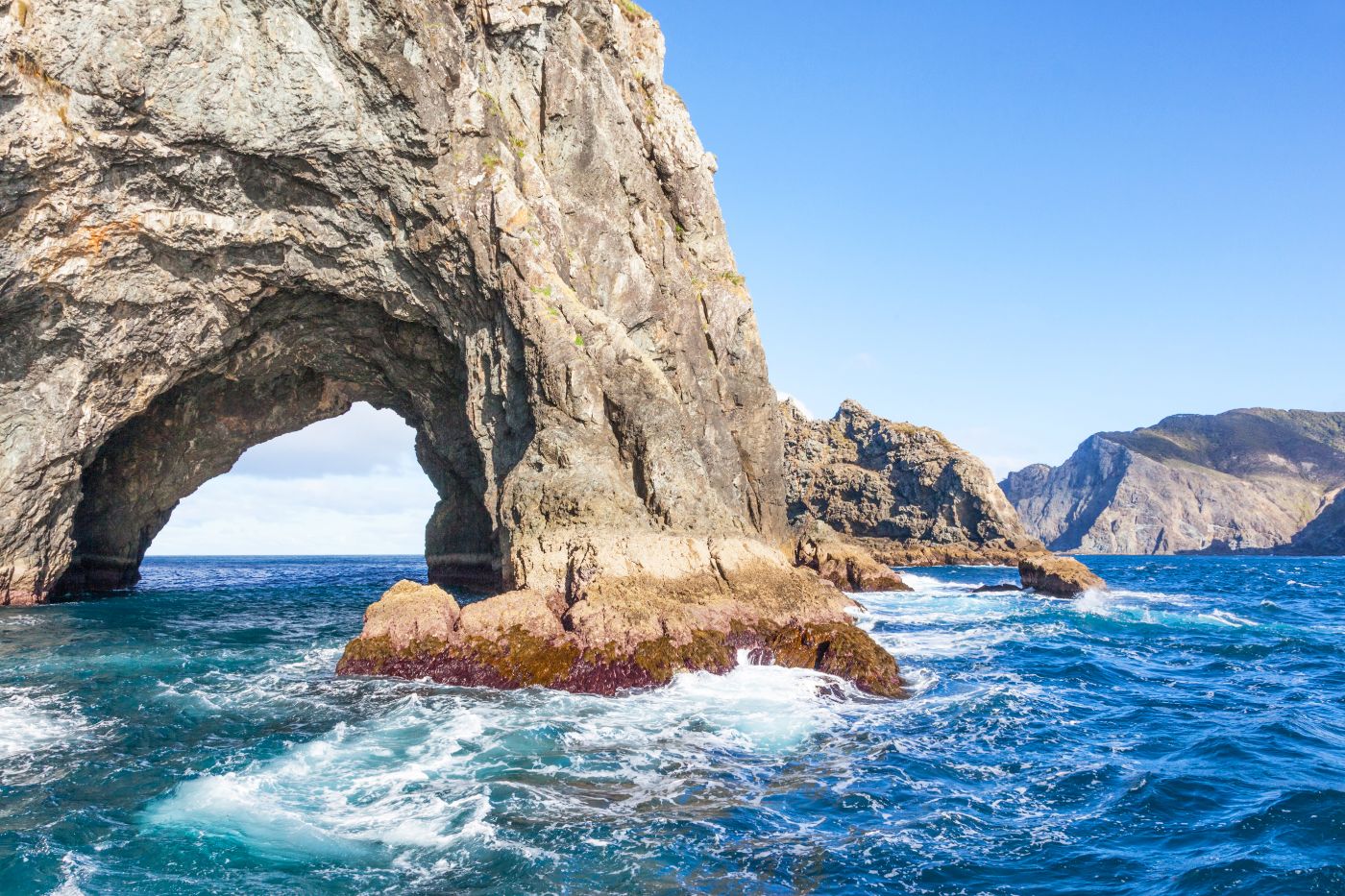
Preparing for the Trip
Sailing to New Zealand isn't a light undertaking, and spending that much time at sea takes some serious preparation. When you're more than a couple of hundred miles offshore, you're really on your own. You can't call the yard to come fix an electrical problem or sort your engine if it acts up. While a full to-do list for this sort of undertaking is beyond this post, we can get you thinking about the right things and maybe give you an understanding of the trip.
Plan the Trip
Before you weigh anchor in Hawaii, you need to know where you're going and how you plan to get there. You can leave some details for later full resolution, but you need to consider the what-ifs of how things might change when you are out there. For example, suppose you decide to head for Fiji first. You'll need charts and cruising guides for Fijian waters for a start. But what else? How about if something goes wrong before Fiji? Where can you divert?
A careful plan for Hawaii-Fiji-New Zealand would include "dump offs" along the way at stops like Kiribati, Samoa, and other places you can head for shelter from weather or to deal with mechanical or health problems. The time to learn what the harbor in Pago Pago looks like and what services you can get there isn't in the middle of a gale blowing towards a lee shore outside the harbor entrance while you try to call someone on the sat phone to figure it out. You should have charts and guides for every place you may seek shelter.
Prepare the Boat
If it moves, it should be lubricated. If it doesn't, it should be tightened. You should check your boat from stem to stern to ensure that everything you will rely on works when you need it. Only you will know your boat, and if you don't, you will need to learn it before you go. Checking the systems and fixing anything that looks marginal is a great way to learn and stay safe.
Prepare Yourself
Are your skills up to the trip? In the age of internet sailors and video blogs, there's a trend towards a "get the boat then learn to sail it" mentality that puts a lot more people on the water before they may be ready. Five hundred miles offshore is not the place to learn how to handle your boat or navigate with paper charts.
Prepare Your Crew
Not everyone on your crew needs to be a sailing expert if you have solid skills, though experience is always welcome. If you're crewing with new people, spend some time on short sails with them. And as a skipper, you need to know about health issues or whether they get seasick. Ask early, and make sure they have any medications, aids and safety gear they need to stay safe.
How About Sailing From New Zealand Back to Hawaii?
Sailors in New Zealand looking to bring their boats back to the Americas have made this trip, though it's not as straight-forward as the trip south because of the trade winds.
The trades blow from the Southeast in the southern hemisphere, and the Northeast when north of the equator. Trying to sail directly against the trades can be a long and miserable trip, and there are ways to avoid it.
The typical route from New Zealand is to leave south of Auckland and stay south of 40°S until you can turn north (at about 155°W) and sail across the trade winds. The trick is to stay where the winds are westerly to make your easting before you turn, and this can make the start of the trip pretty cold since you're leaving New Zealand in the late fall (April or early May). This is a long trip, and almost everyone finds a gale or storm on the way.
This route takes you close to the Austral archipelago, where you can clear in to French Polynesia to take a break if you're tired of sailing upwind and pounding along the edge of the Southern Ocean. You can also sail through the Australs to Tahiti or even directly to the Marquesas.
Departing from French Polynesia is best from the Marquesas since it takes you further east to reduce the effect of the northern trades, though you can also leave from Tahiti.
Did you find the answer to your specific question?
👍 3 👎 2
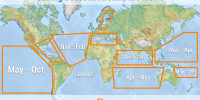

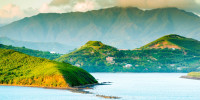
Comments
Jana Dixon
Excellent article, you should be writing a book.
Leave a comment